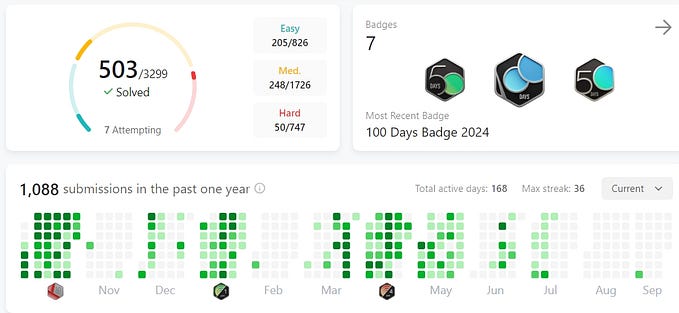Number of 1 Bits | LeetCode Solution
Welcome back coders to our new blog where we will talk about how can we solve a Leet Code problem to find out the number of “1” bits.
So here we will be using the LeftShift Operator of C++. So let’s get started
Problem Statement
Write a function that takes an unsigned integer and returns the number of ‘1’ bits it has (also known as the Hamming weight).
Note:
Note that in some languages, such as Java, there is no unsigned integer type. In this case, the input will be given as a signed integer type. It should not affect your implementation, as the integer’s internal binary representation is the same, whether it is signed or unsigned.
In Java, the compiler represents the signed integers using 2’s complement notation. Therefore, in Example 3, the input represents the signed integer. -3.
Example 1:
Input: n = 00000000000000000000000000001011
Output: 3
Explanation: The input binary string 00000000000000000000000000001011 has a total of three '1' bits.
Example 2:
Input: n = 00000000000000000000000010000000
Output: 1
Explanation: The input binary string 00000000000000000000000010000000 has a total of one '1' bit.
Example 3:
Input: n = 11111111111111111111111111111101
Output: 31
Explanation: The input binary string 11111111111111111111111111111101 has a total of thirty one '1' bits.
Solution
class Solution {
public:
int hammingWeight(uint32_t n) {
// with the help of right shift operator
int count = 0;
while(n!=0){
if(n&1){
count++;
}
n = n>>1;
}
return count;
}
};Thanks for your valuable time. You can like my post and
you can.





